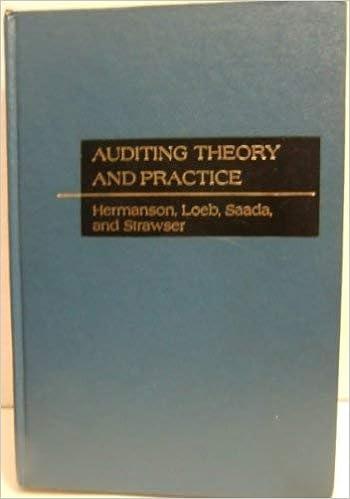3. A) You purchase 100 shares of General Electric (GE) stock for $3200. You intend to keep the stock for 5 years, whereupon you will sell 50 shares. You expect 8% annual growth in the stock value. How much do you expect to sell 50 shares for 5 years from now? Assume no trading fees. Answer: Excel Formula: B) Five years from now, you still have 50 shares of General Electric (GE) stock whose total value is You intend to keep the 50 shares for another 5 years, whereupon you will sell the remaining 50 shares. You again expect 8% annual growth in the stock value. How much do you expect to sell the remaining 50 shares for 5 years later ( 10 years from now)? Assume no trading fees, Answer: Excel Formula: 4. What is the present value of a series of 20 uniform annual payments of S1200, at i-3.75%? Answer: Excel Formula: Answer the problems below by filling in the blanks. Show the Excel formula with numbers used, as indicated in Example 1. Use the Excel spreadsheet provided, Lab 1-2019 Excel Functions.xlsx Examples are provided on the spreadsheet. The purpose of this laboratory is to familiarize you with Excel interest and compounding, such as net present worth (or value), rate of return and future value calculations. Select from the functions listed in Table 1 to find the solutions. Table 1: Partial list of Excel financial functions and their definitions. Financial Function Definition RATE Calculate the rate per period EFFECT Convert from nominal to effective annual rate PV. PMT. FV Calculate: Present Value. Annual Amount. Future Value NPER Calculate number of payment periods NPV Calculate the net present worth for a cash flow series Be sure to enter the correct sign when using the financial functions (e.g. payments will be negative cash flows etc.). The general cash flow convention says that outgoing payments are represented by negative numbers and incoming payments are positive. Also, remember that interest rates must be entered in their decimal form (not as a percentage), and all cash flows are assumed to be end-of-period (type = 0). All answers should be to the nearest hundredth of a percent. Example 1 If you have $10,000 and would like to have $15.000 in 4 years, what effective annual interest rate do you need? (Needs: Nper, Pv. Fv) Answer: 10.67% Excel Fomula: =RATE(4.0,-10000 15000,0) Or=RATE (4.-10000.15000) Example 2 What effective annual interest rate would be required if you wanted $5 million in 35 years and you deposited S500 per month assuming monthly compounding? (Needs: Rate, Pmt. Pv. Effect) Excel Formulas: -RATE(420-5000000..35) =EFFECT(RATE 12.12) Answer: 14.51%








